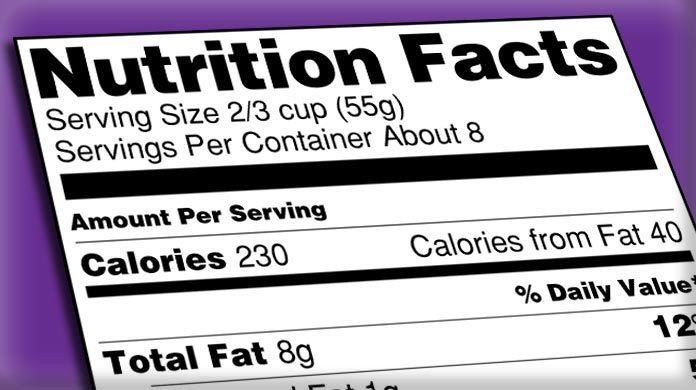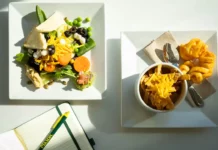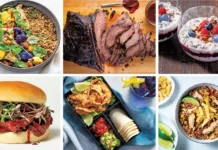
In May the FDA announced and published the final rules for the new Nutrition Facts labels for packaged foods. This law represents the largest substantial change to nutrition labels in over 20 years and the first change since Trans Fats were added in 2006. The new label is based on the most recent scientific information available, including the link between diet and chronic diseases such as obesity and heart disease. It was designed to make it easier for consumers to make better informed food choices.
The announcement of the nutrition labels law will require the food industry to make changes to their packaging in the upcoming years. Manufacturers will have until July 26, 2018 to comply with the final requirements, and manufacturers with less than $10 million in annual food sales will have an additional year to make the changes.
It is important for food service operators to understand the requirements of nutrition labels, the timing required for implementation, and what the impact to their business in order to move forward and comply with this requirement.
Changes to the Label
To many the label will not appear different. The “iconic” look of the label remains, but the details have been adjusted. The new changes include:
- Increased font size for “Calories,” “servings per container,” and the “Serving size”.
- Bold font for “Calories”, the number of calories, and the “Serving size”.
- Vitamin D, and potassium are required on the label.
- The footnote has been changed. It reads: “The % Daily Value tells you how much a nutrient in a serving of food contributes to a daily diet. 2,000 calories a day is used for general nutrition advice.”
- New information regarding “Added Sugars”. Scientific data shows that if you consume more than 10 percent of your total daily calories from added sugar it is difficult to meet nutrient needs.
Source: www.FDA.gov
Items Remaining on the Label
The required items that are still on the label include the following:
- Total Fat
- Saturated Fat
- Trans Fat
- Cholesterol
- Sodium
- Carbohydrates
- Fiber
- Protein
- Calcium
- Iron
Items Removed from the Label
There are a few items that have been removed from the label. They include:
- “Calories from Fat” was removed because research shows the type of fat is more important than the calorie total.
- Vitamin A and Vitamin C. It has been determined that American diets have changed since the early 1990’s, and the deficiencies of these vitamins in the general population are rare. These vitamins can still be listed voluntarily on the label.
Serving Sizes and Labeling Requirements
By law, serving sizes of food and beverages must be based on the amounts that people are actually eating, not what they should be eating. This change has resulted because how much people eat and drink has changed since the serving size requirements were established in 1993. The biggest changes to this can be found regarding items such as ice cream and soda. Past serving sizes for ice cream was ½ cup but now has been switched to 1 cup. Soda serving sizes in the past were 8 ounces and now has been updated to 12 ounces.
It has been determined that the package size affects what people eat. So for packages that contain between one and two servings the requirements are for the label to show the package as one serving because people typically consume the entire amount in a single sitting. Examples of this would include a 20 ounce soda or a 15-ounce can of soup where the calories and other nutrients will be labeled as one serving.
For certain products that are larger than a single serving but that could be consumed in one sitting or multiple sittings, there must be “dual column” labels to indicate the amount of calories and nutrients on both a “per serving” and “per package” basis. The dual-column labels are designed to make it easier for people to determine how many calories and nutrients they are choosing to consume if they eat or drink the entire contents of the package at one time. Examples would include a 24-ounce bottle of soda or a pint of ice cream.
Source: www.FDA.gov
The previous label was more than 20 years old and it was time for a change. Companies will now look at the growing trend of consumers wanting to be informed about what they are consuming. The changes for the new Nutrition Facts label are based on updated scientific information, new nutrition and public health research, more recent dietary recommendations from expert groups, and input from the public. Ultimately the changes are official and it is now time to begin the implementation.
Kevin Paider has over 25 years of management experience in the food service industry. He has trained implementation and use of POS and back office software programs, and has opened restaurants as both a manager and trainer. Kevin is currently a Training Manager with ChefTec specializing in on-site trainings, food cost and food safety presentations.























